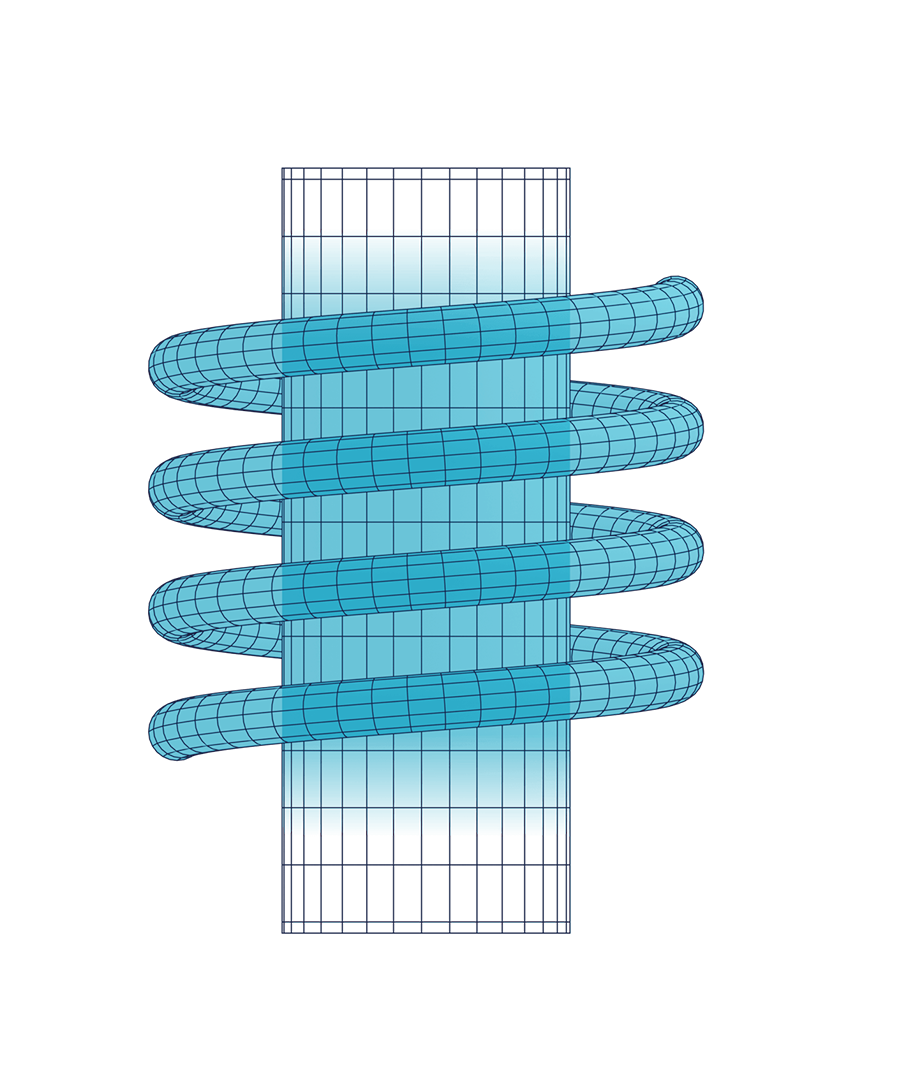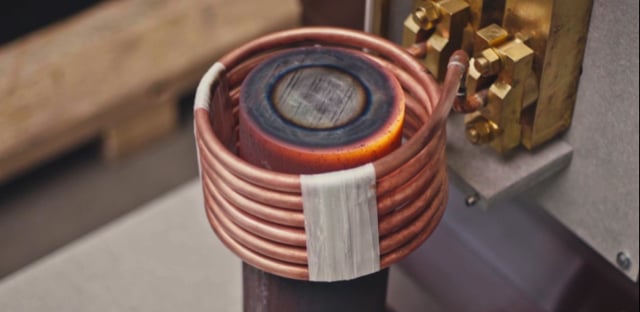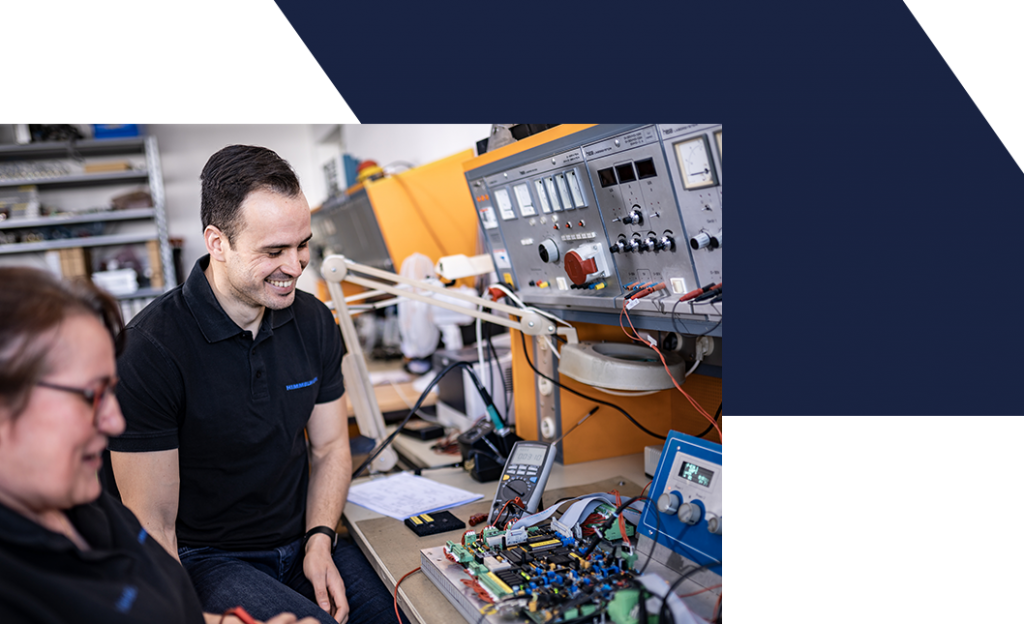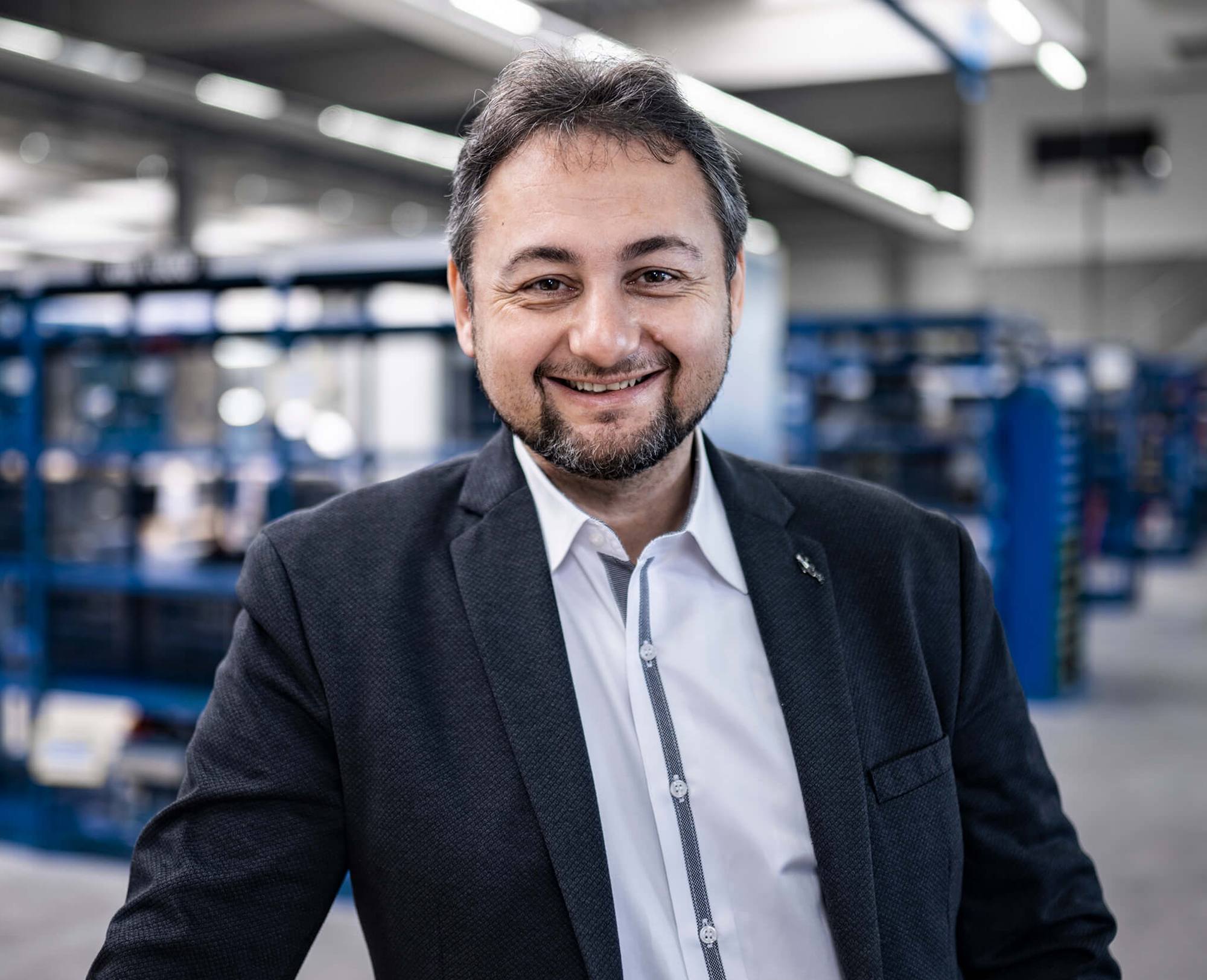Induction hardening, annealing, tempering
heat treatment of metals


By loading the video, you accept Vimeo's privacy policy.
Learn more
Induction heating offers great benefits for all heat treatments. During hardening, annealing, tempering or quenching and tempering, induction heating can be used to precisely control the penetration depth and the design of the heating zone on the component.
The aim of hardening processes (edge layer hardening, through-hardening) is to achieve maximum wear resistance in the workpieces. Induction heating allows precisely matching frequencies here, through which the exact penetration depth can be selected, making the hardening process very flexible.
The very short heating times also greatly reduce scaling and distortion of the workpieces and achieve high abrasion resistance and fatigue strength.
The targeted heating of one or more limited sections of the overall surface is thus concentrated on the zones that actually need to be hardened. These results can be easily and uniformly reproduced.
With impulse hardening, induction heating is particularly suitable because the shortest hardening times (pulse duration with our components 40 – 100 ms) and a low penetration with high frequencies are the best prerequisites for self-quenching. In this way, the workpiece does not warp, there is no unwanted heating in the neighbouring zones and thermal post-treatment can be omitted.
The design of the heating zone (from selective to complete heating) can be kept absolutely flexible with induction heating. Different degrees of heating are possible and the infinitely variable dosing of the power ensures very precise compliance with the prescribed temperatures.
One benefit over tempering in a conventional furnace for less complex workpieces is the improved results that occur from the relative increase in tempering temperature with a shorter tempering time. During annealing, induction heating allows a large annealing width and leads to a gentle drop in temperature, which significantly reduces the bending stress.
For all heat treatments, induction heating is a programmable and thus reproducible process that can be well integrated into automated manufacturing processes. Compared to conventional heat treatment furnaces, induction systems require relatively little space and, in addition to pleasant working conditions, also ensure greater occupational safety. The fact that resources are conserved to the maximum and production thus becomes not only more efficient but also more sustainable is clear.
Through still unexplained physical effects, the heating of the edges of metal foils and films results in a significant reduction in wrinkling when using roll-to-roll processes. The particle emissions free method of induction is ideally suited for the heating processes of the often delicate films in e.g. EV battery production.
Apply inductive hardening, annealing, tempering
Your process
This is how we implement inductive heat treatments for you
As a process provider, we show you step-by-step how induction heating can be integrated into your manufacturing processes and why it is worthwhile for you.


Our service
Our service solutions
We support you with urgent questions, repairs, problems with your inductor and of course with the optimisation of your heating processes.
Equipment for heat treatment

HEAT TREATMENT
explained in more detail
In heat treatment with induction heating, a distinction is made between hardening, tempering, quenching and annealing. These different heat treatment processes change the metallurgical properties of the workpiece in the required direction.
With hardening, the material will have a higher hardness after heat treatment than before, which increases the wear resistance of heavily stressed components. Hardening is a combination of heating followed immediately by quenching. Quenching can be done with water, mixtures of water and chemical additives, special oils or even just air. Depending on the application of the components, hardening only takes place in certain penetration depths of the material or even throughout.
With the help of induction heating, the penetration depth of the induced heat within the workpiece can be actively influenced by selecting a suitable frequency, which represents a high degree of flexibility for the heat treatment. Another benefit of induction heating is the reproducible uniformity of the heat treatment process and its metallurgical results.
The heat treatment processes tempering, quenching and annealing differ from hardening in that only one heating process takes place and no subsequent quenching.
Tempering is about reducing hardness stresses. The brittleness of the hardness structure is alleviated and its toughness improved. Induction heating allows tempering temperatures up to 650 °C.
During annealing, either coarse and uneven microstructures are removed (normal annealing) or internal stresses, e.g. in weld seams on pipes or containers, are eliminated (stress relief annealing). With soft annealing, on the other hand, a soft state is achieved by induction to make it easier to machine or shape the workpiece. Pipes and containers can be heat treated in this way that may only be partially annealed or that cannot be placed in a furnace due to their size. Stainless steel pipes can also be annealed very high at 1100 °C to dissolve ferritic structural components (solution annealing).
The benefits of induction heating can also be used to the maximum in these processes: Flexibility in the design of the heating zone (from spot to complete heating), high possible heating gradients, lower area and space requirements compared to conventional heat treatment furnaces, high occupational safety for the operators and high resource efficiency of the heat treatment process as a whole.
